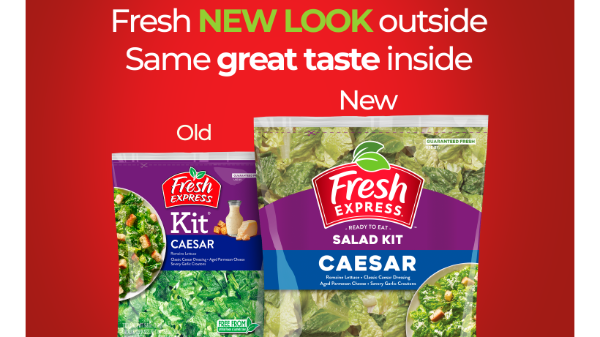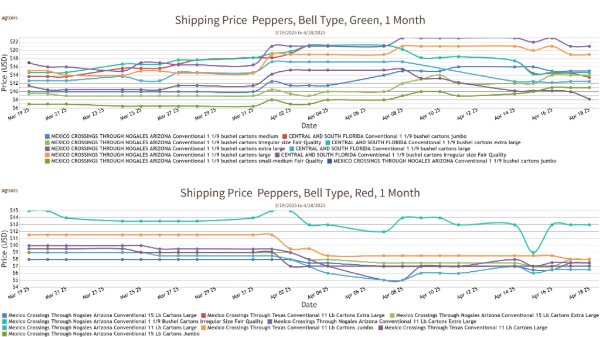Welcome to Blue Book!
Are you ready to join the thousands of companies who rely on Blue Book to drive smarter decisions? View our plans and get started today!
Still have questions? We’d love to show you what Blue Book can do for you. Drop us a line– we’ve been waiting for you.

In addition to product data, Richard adds that the retailer will have access to a supplier’s bar code and GTIN information, for faster scanning and placement on shelves. No longer will missing or incorrect barcode information cause manual processing and flow disruption. Finally, data synchronization will support a more intense use of analytics and more effective supply chain planning. Connelly sees improvements in forecasting, demand signal interpretation, and price optimization on the horizon. “We’re moving toward a world where clean data will help drive cost out of the supply chain,” he predicts.
Wrap Up
The GDSN uses a publish/subscribe model to ensure the rapid, reliable flow of accurate data across supply chains. Stakeholders are notified about the latest product information in real time. In the fresh produce industry, this promotes cost-effective visibility to a dynamic product base. With information-related confusion, errors, and delays avoided, produce flows more smoothly to the shelf. Product freshness and availability are greatly enhanced.
Opportunities also exist beyond these execution benefits. As a produce company engages with more trading partners using GDSN, greater volumes of clean data are generated for analytical purposes. Savvy users will transform these data insights into strategic supply chain innovations. As Gupta summarizes: “All things are possible with synchronized data.”
Images: A_KUDR, TeddyandMia, Icon Craft Studio, Anton V. Tokarev & 3RUS/Shutterstock.com








